Plant Health Care
Plant health care involves an integrated approach to beautifying and managing landscapes. It focuses on the strengthening of plant health and nutrition as a primary defense against insects and diseases. Plant health care far surpasses other approaches to pest management that involve harmful "kill-all" pesticides. It uses environmentally safe products that fortify plants against invaders and beautify landscapes. These services will include soil nutritional management, bio-stimulants and soil microbes, and integrated pest management.
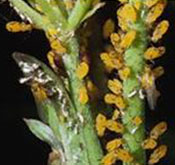
Aphid Control
Aphids are the most common plant pest. Although they may not kill the plant, they often become a nuisance pest and a safety concern due to their sticky secretion over sidewalks and parking lots. The most common susceptible tree species are Oak, Maple, Linden, Sweetgum, Beech and Birch. The best control is with a preventative soil injection between February and April.
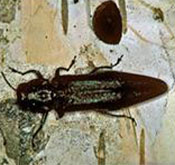
Bronze Birch Borer
The Bronze Birch Borer (BBB) is a very destructive pest to Birch trees. Even healthy Birches are at high risk for attack. BBB carries a disease that quickly blocks nutrient flow and kills the tree. Once BBB is found in the tree, it is too late. The best control option is with a preventative soil injection between February and March.
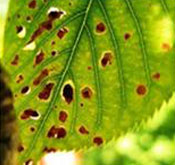
Flowering Tree & Shrub Disease
This service consists of three foliar treatments to control a wide range of spring diseases that occur on flowering trees and shrubs. It helps to limit injections and prevents the spread of certain bacterial and fungal diseases like Fire Blight, Brown Rot, Leaf Curl, Powdery Mildew and Shot Hole. This allows the tree and shrub to fight off disease and provide its valuable and beautiful spring time color during March and April.
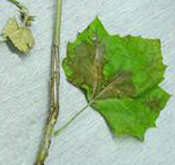
Sycamore Anthracnose
Sycamore Anthracnose is the most serious disease of Sycamore trees. It can lead to full defoliation, improper branching patterns, and overall dieback. Although it may not be fatal to the tree, it will often defoliate the tree and cause unsightly aesthetic concerns. This treatment occurs during March.
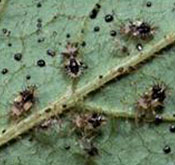
Azalea Lace Bug
The azalea lace bug is a new invasive pest that has come into our landscapes and begun to attack azaleas. The azalea lace bug pierces into the leaf and rapidly removes its nutrients. This continues throughout the azalea and leaves it with a near-death bleached appearance. After consecutive attacks, the azalea is not able to recover from the damage and it dies. We will be performing the Azalea Lace Bug Control treatments in June.
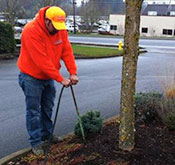
Deep Root Fertilization
Deep Root Fertilization is a soil injection of a mixture of beneficial nutrients and organisms. It is geared towards boosting plants that are lacking in vigor and nutrition. It is a combination of a soluble fertilizer with many micronutrients and beneficial soil microorganisms called mycorrhizae. These applications are most effective when applied in the early spring, but can be made any time throughout the year.
